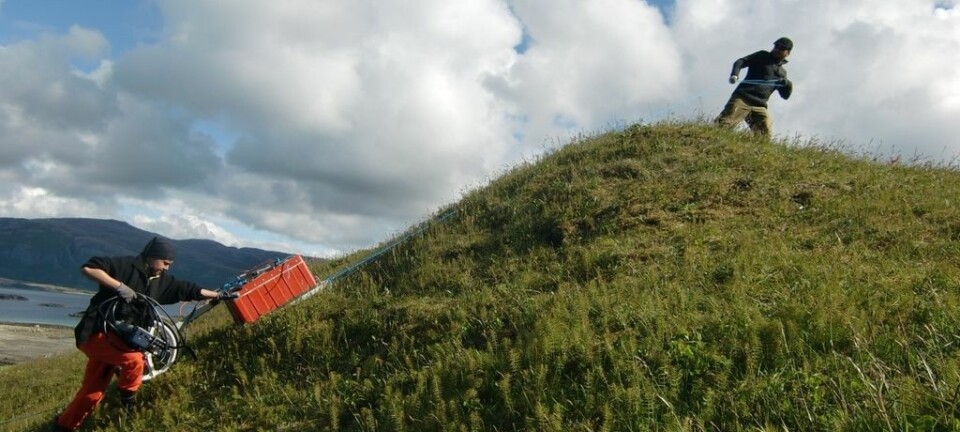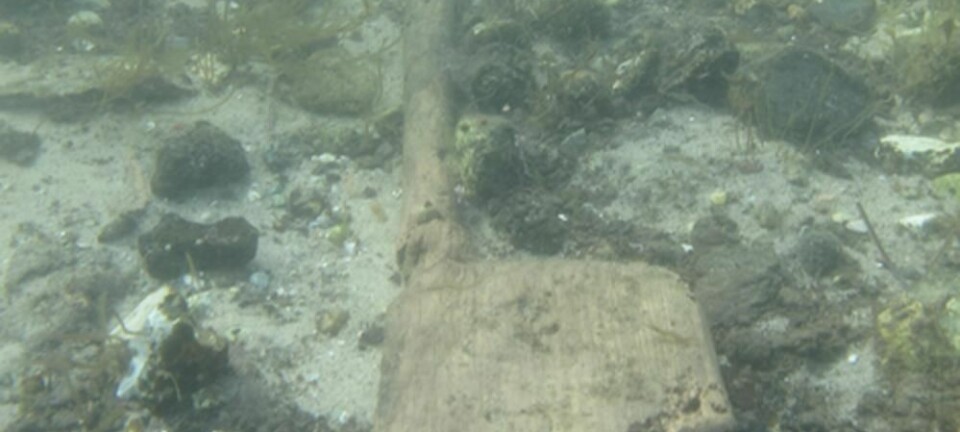Danish archaeologists find 5,000-year-old human footprints
Archaeologists have discovered footprints from the Stone Age during excavation for the Fehmarn Tunnel. The find tells a dramatic story.
Danish archaeologists have uncovered 5000-year-old footprints during excavations for the new tunnel beneath the Fehmarn Belt.
Museum Lolland-Falster writes in a press release that the footprints belong to Stone Age people attempting to rescue their fishing traps during a storm.
“This is really exceptional. What we usually find is waste they left behind, like tools and pottery. This is something completely different,” says Terje Stafseth, an archaeologist at Museum Lolland-Falster, in a press release.
It is the first time that archaeologists in Denmark have come across human footprints. The footsteps were found along the edge of a several metre long system of fishing traps.
See the footsteps in the video at the top of the article.
Stone Age fishermen tried to rescue the nets during a storm
Finding the footsteps right next to the fishing traps shows that the fishermen attempted to save parts of the trap before a storm surge swept in, covering the area with a layer of sand.
Judging by the size of the footsteps, at least two individuals walked out onto the soft seabed to rescue what they could, leaving behind distinct footprints for posterity’s archaeologists.
“Studies have shown that Stone Age people repeatedly repaired and actually moved parts of the trap to make sure that it always worked, and was optimally positioned in relation to the coast and the current. We can follow the footsteps and sense the importance of the trap, which was essential for the coastal populations survival,” says Stafseth.
Excavation of the area has not yet finished and Museum Lolland-Falster hopes that a closer examination of the footprints will reveal more information and stories.
Translated by: Hugh Matthews











